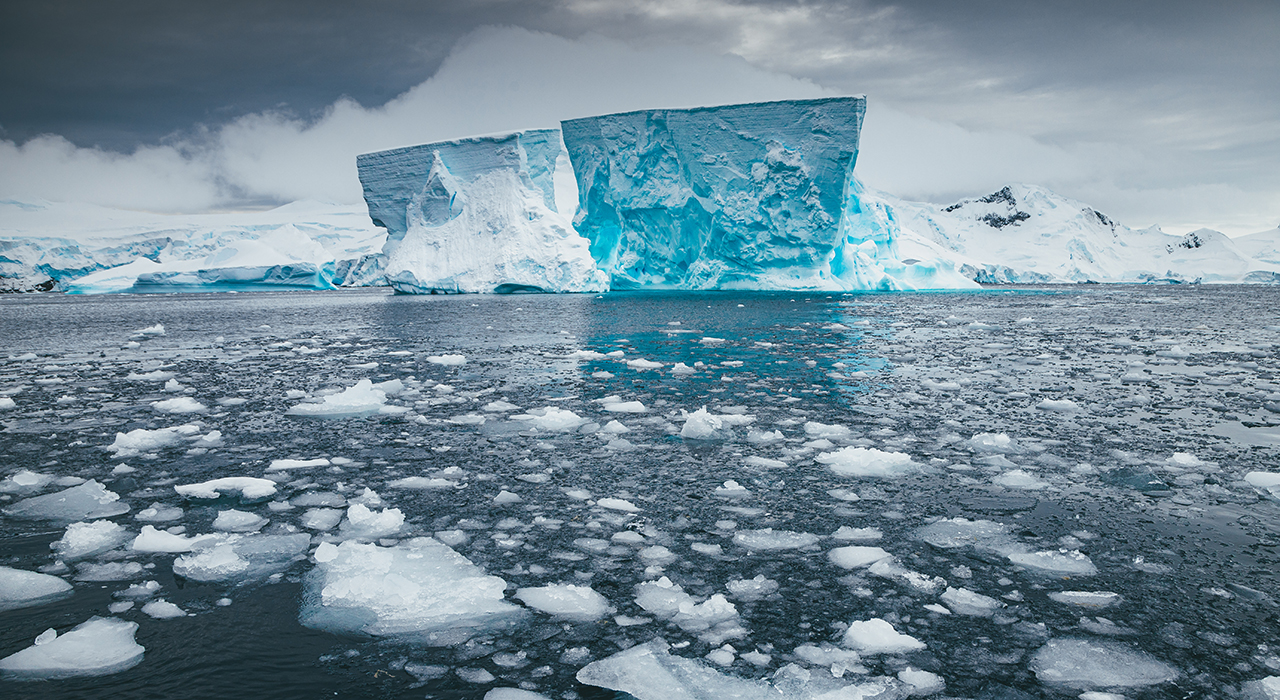Scientific data and climate scenarios
The objective of this report is to present climate change and its impacts according to two warming scenarios: the first is based on an increase in average surface temperature of 2°C by 2100, which is the most optimistic scenario established by the IPCC (RCP2.6); the second is based on an increase of 5°C by 2100, which is almost the most pessimistic scenario (RCP8.5). The physical, socio-economic and health impacts of these two scenarios are assessed for the time horizons 2030 and 2050.

It is now unequivocally established that human activities are the primary drivers of climate change. This anthropogenic influence can be seen in the warming of the atmosphere and oceans, changes in the global water cycle, the retreat of snow and ice, the rise in mean sea level, and changes in some climate extremes.
The objective of this second report is to present climate change and its impacts under two warming scenarios: the first is based on a 2°C increase in mean surface temperature by 2100, and is consistent with the most optimistic scenario established by the IPCC (RCP2.6), whose reports constitute the largest available climate database to date; the second is based on a 5°C increase by 2100, and is almost identical to the most pessimistic scenario (RCP8.5) The objective of the Paris Agreement1 , concluded at COP21 in 2015, is to limit the rise in the Earth’s average temperature to 2°C, and if possible 1.5°C, by 2100. Scientists agree, however, that this target will be difficult to achieve, and is not at all in line with our current greenhouse gas emissions. Many now envisage an average temperature rise of 5°C by 2100, whereas this seemed like a science fiction scenario a few years ago.
As far as possible, the physical as well as the socio-economic and health impacts of these two scenarios are assessed at the 2030 and 2050 horizons. However, the variations between the two scenarios remain, according to the lessons learned from the existing literature, often small or even imperceptible in 2030. They may be more easily detectable in 2050, although the impacts of climate change are determined about 50 years in advance, due to the inertia of the climate system: there are about two generations between the time of greenhouse gas emissions and the materialisation of their impacts. The impacts for 2050 are therefore largely known, and depend on our past, not future, emissions.
Similarly, the question of tipping points, although fundamental, is hardly integrable in a work taking into account short-term time horizons, since no threshold should be crossed before 2050, even according to the RCP8.5 scenario.
As the AR5 is the most detailed assessment of climate change trends and impacts to date, both at the global and regional scales, it was chosen as the basis for this study. The authors have also endeavoured to integrate elements from more recent publications.
This report is structured as follows: the first part reviews the major climate variations, both observed and expected, at the global level; the second focuses on regional projections for France and its overseas territories, Africa and the Pacific; the third updates the typology of crises outlined in the first report, enriching it with the results drawn from this new study.





